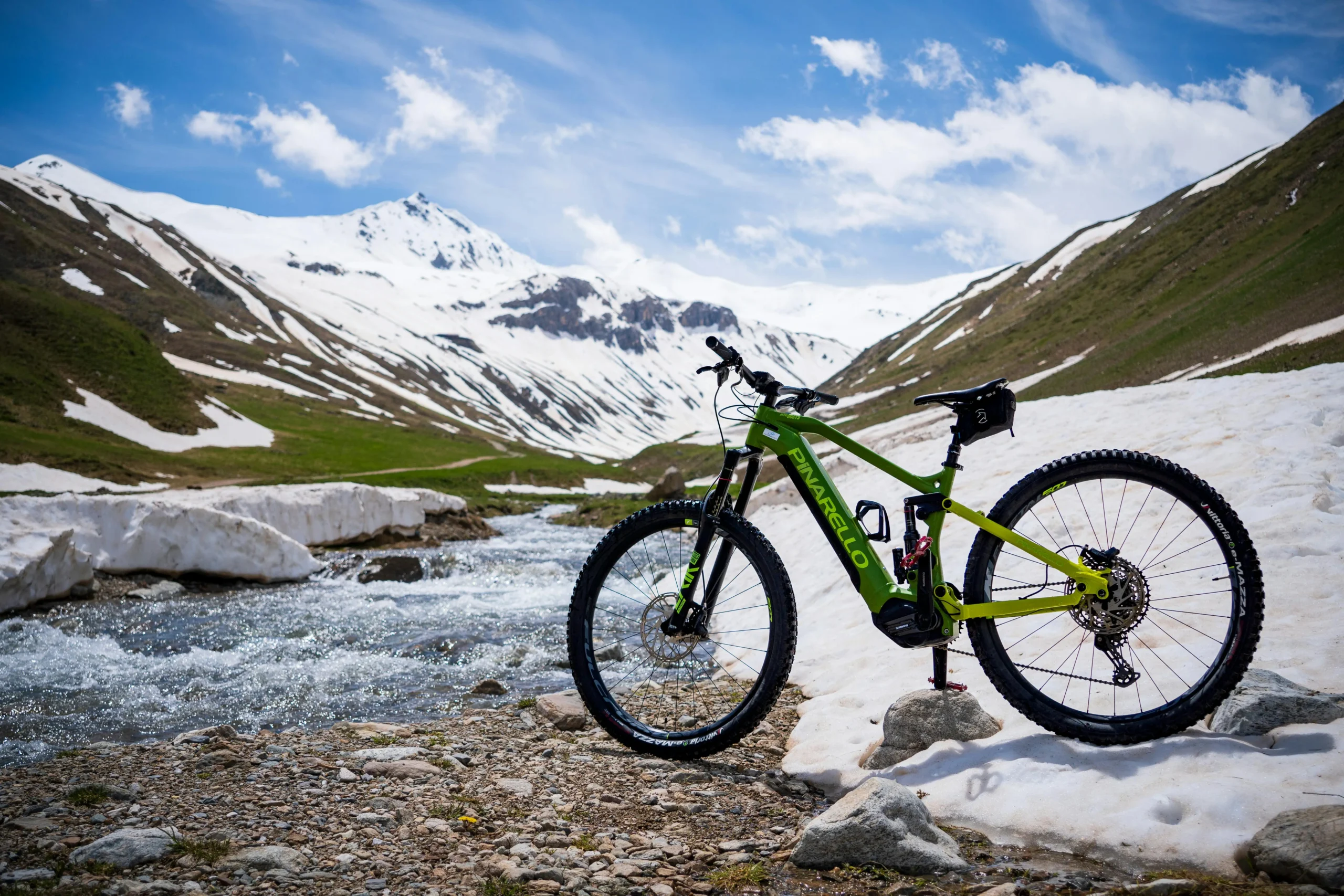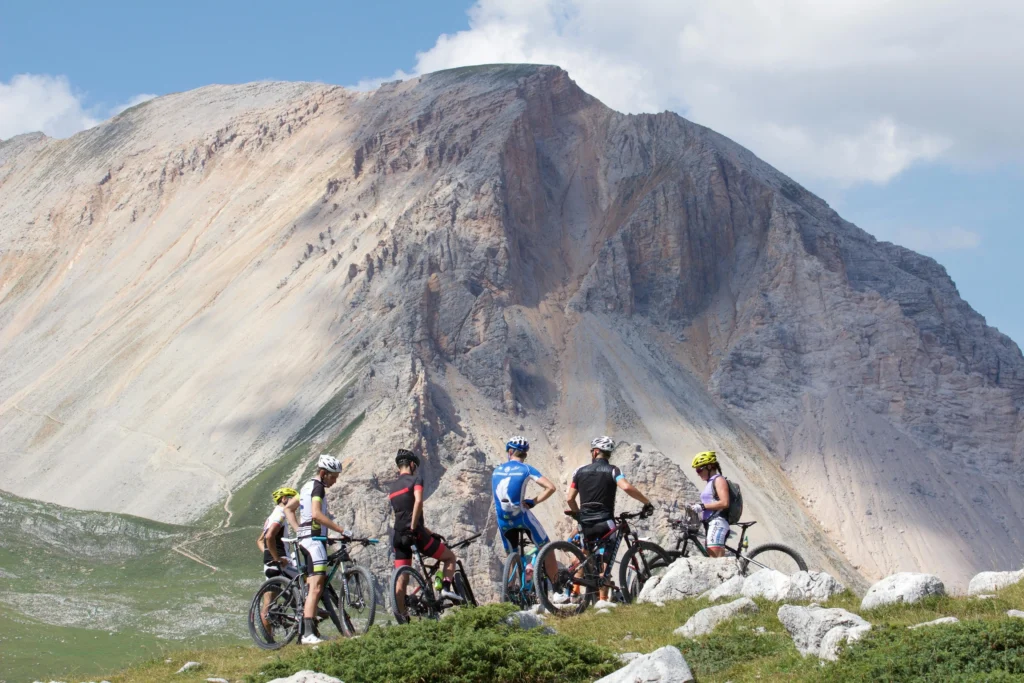How to Start Mountain Biking: Beginner Guide and Tips
Mountain biking is more than just a sport, it’s an adventure that blends fitness, skill, and a deep connection to nature. For mountaineers and hikers, learning how to start mountain biking can be a powerful way to build endurance, sharpen balance, and experience the outdoors from a new perspective. This beginner-friendly guide will walk you through the essentials: the right gear, how to choose trails, fitness tips, and practical advice shared by real riders in online communities like Reddit and mountain biking forums.

Why Mountain Biking Complements Mountaineering and Hiking
Mountain biking strengthens muscles used in climbing and hiking – especially legs, core, and stability muscles. It also builds cardiovascular endurance, a key foundation for mountaineering. On rest days between climbs, biking keeps you active without overloading your joints.
Plus, it’s simply fun. The sense of flow you get riding through forests, meadows, or mountain trails mirrors the freedom of summiting a peak -but with wheels.
Essential Gear for Beginners
Before you hit the trail, investing in the right gear makes all the difference. Beginners don’t need to buy the most expensive bike, but reliability and safety matter.
- Mountain bike: A hardtail (front suspension only) is ideal for beginners. It’s lighter, simpler, and easier to maintain.
- Helmet: Non-negotiable. Choose one designed for mountain biking, not road cycling.
- Gloves: Improve grip and protect your hands during falls.
- Padded shorts: Comfort counts! They help reduce soreness on longer rides.
- Protective glasses: Keep dust, wind, and insects out of your eyes.
- Hydration pack: Always carry water; even short rides can dehydrate you.
- Repair kit: Spare tube, mini pump, and tire levers – your trail rescue tools.
As you gain experience, you can upgrade to full-suspension bikes, clip-in pedals, or advanced protective gear.
Choosing the Right Trails
Picking the right trail is key to enjoying your first rides. Start small – local parks, forest roads, or green-rated (easy) trails on apps like Trailforks or Komoot. Avoid technical or steep trails until you feel confident with balance, braking, and shifting gears. Community forums often share beginner-friendly trail lists specific to your region – a great way to find your first routes and connect with local riders.
Fitness Preparation and Training
Mountain biking demands a mix of strength, balance, and endurance. You don’t need to be in perfect shape to start – riding itself builds fitness fast. However, adding light strength training and stretching helps a lot. Focus on:
- Leg and core strength: Squats, lunges, and planks improve control on climbs and descents.
- Cardio: Regular rides, hikes, or jogs build stamina.
- Balance drills: Practicing track stands (balancing while stationary) improves bike control.

Tips from the Community
Reddit’s r/MTB and biking forums are goldmines for honest, practical advice. Riders often say:
“Don’t compare yourself to others – ride your ride.”
“Learn basic bike maintenance early – it saves you on the trail.”
“Lower your tire pressure slightly for better grip on rough terrain.”
These small lessons often make the biggest difference for beginners.
Ride Smart, Ride Safe
Every trail ride teaches something new – how to handle fear, pace yourself, and enjoy the rhythm of movement. Always wear your helmet, check your bike before each ride, and start slow. Confidence comes naturally as you ride more. Mountain biking isn’t just about speed; it’s about exploration, focus, and finding joy in the moment – the same spirit that drives climbers and hikers to the summits.
Learning how to start mountain biking opens up a world of adventure. Start with reliable gear, beginner trails, and realistic goals. With time, patience, and curiosity, you’ll build both skill and stamina – and maybe even find your new favorite way to explore the mountains.
Step Into the Outdoors
Starting mountaineering can feel overwhelming, but with a clear strategy, beginners can make confident choices. By following a mountaineering equipment list, prioritizing safety-critical purchases, and investing in the best mountaineering equipment, you can focus on the thrill of the climb, not the stress of preparation. Smart decisions today create a foundation for safe, successful, and unforgettable adventures tomorrow.
